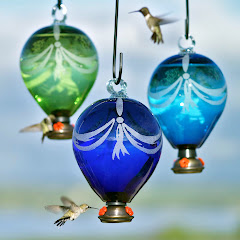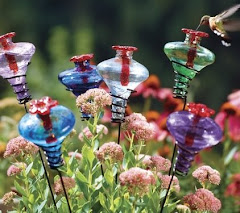Wednesday, September 16, 2009
Thursday, April 2, 2009
Hamlet the Hummingbird
 To be, or not to be--that is the question:
To be, or not to be--that is the question:
Whether 'tis nobler in the mind to suffer
The slings and arrows of outrageous fortune
Or to take arms against a sea of troubles
And by opposing end them. To die, to sleep--
No more--and by a sleep to say we end
The heartache, and the thousand natural shocks
That flesh is heir to. 'Tis a consummation
Devoutly to be wished. To die, to sleep--
To sleep--perchance to dream: ay, there's the rub,
For in that sleep of death what dreams may come
When we have shuffled off this mortal coil,
Must give us pause. There's the respect
That makes calamity of so long life.
2. Hummingbirds don't have the downy feathers common in most other larger birds. Their lack of insulation means hummers lose a large amount of their body heat, needlessly sapping away energy necessary for survival.
To compensate for these challenges, hummingbirds have evolved a special sleep state called torpor, lowering their metabolic rate by as much as 95%! Essentially hummers become hypothermic when they sleep, lowering their internal thermostat to lower their energy consumption. Torpid hummingbirds use 50 times less energy than when they are awake.
When hummingbirds are torpid their body temperature drops so dramatically that for all intents and purposes they appear death-like. Heart rate slows, breathing is shallow, hummers nest motionless like they are frozen in time. Waking up from torpor takes almost a half hour as the hummer slowly starts revving up its engine for another day of foraging. The bird begins to shiver as its heart starts pumping faster, the heat generated by its small vibrating body starting to warm it up.
Through torpor hummingbirds find "what dreams may come" and make it through cold nights to "shuffle off this mortal coil".
Thursday, February 19, 2009
"I am the greatest..."

Look at the determination and fire in this little guy's eyes... the Rufous hummingbird is like a little Muhammad Ali. Not nearly a heavy-weight (Rufous hummers weigh only about 2-3 grams for males, 4-5 grams for females) these tiny tykes can rope-a-dope any other hummer.
Rufous hummingbirds are notoriously nectar-hogs, chasing off much larger hummingbirds from feeders and defending their territory with absolute confidence. You gotta love 'em. They got gumption!
Rufous hummingbirds may just be my favorite species, they have spirit to spare and are a marvel to watch in action! Their name comes from their coloring, rufous means reddish. Most of them have rusty red on their backs and a bright red-yellow iridescent gorget (throat), although there are Rufous that are green-backed too. In sunlight they look like streaks of copper as they fly by - they are gorgeous!
The Rufous migrates from Mexico all the way into Alaska, usually along mountain ranges like the Sierra Madres and Rocky Mountains. By body size, the Rufous has the longest migration of any bird in the world - out traveling larger birds almost 150% more! Since hummingbirds are such small creatures they will break their migration into segments to refill on much needed nectar and insects to make the great distances. This is great for us Rufous fans because it offers the chance to see these out-fighters duke it out at our feeders!
Because the Rufous likes plants usually found at higher mountain elevations and cooler temps the most densely populated area of their northern migration is in the Pacific Northwest. Folks in Portland, Seattle and Vancouver are most familiar with the red-feathered Rufous hummers. Their trip to the Last Frontier often means Rufous will be observed for four to eight weeks this time of year.

Hummingbird in Napa, CA


